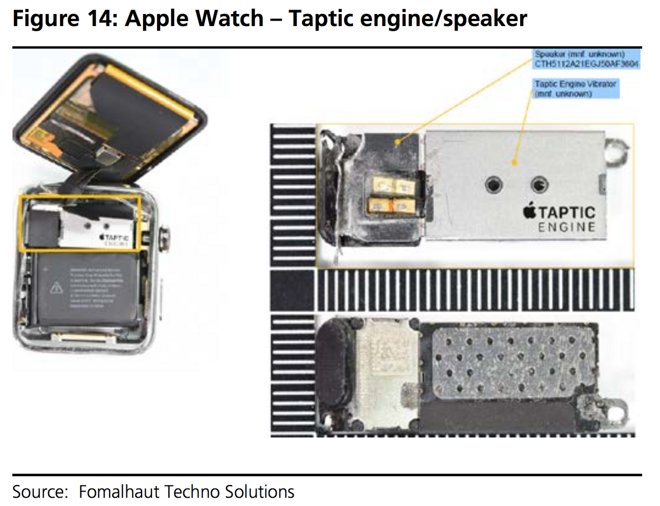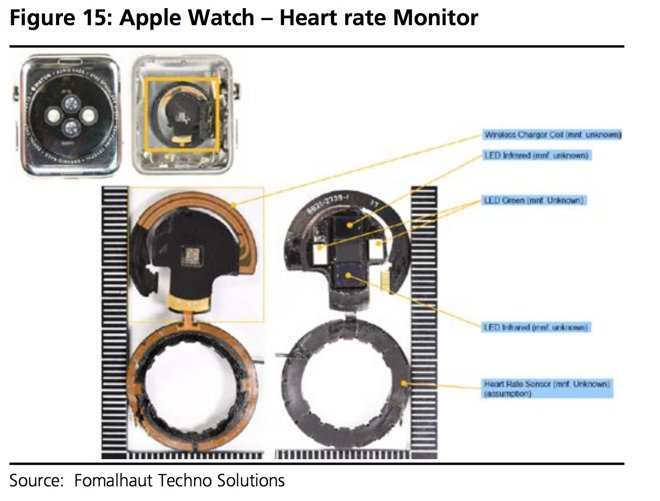Apple is without a backup supplier for many components in the new Apple Watch, a new analysis has discovered, revealing an unusual move for a company that generally works to secure options in its supply chain.

Investment firm UBS took apart the Apple Watch to get a better idea of the supply chain behind Apple's new wrist-worn device, and found that Apple is favoring sole-sourcing for "many components."
In particular, LG Display is said to be the sole supplier for the OLED display, while TPK is the only company providing the touch sensor and lamination for the Apple Watch. In addition, USI Shanghai is the lone supplier for the systems-in-package, including the application processor and memory.
Analyst Nicholas Gaudois noted that this approach is atypical for Apple, as the company usually prefers to have multiple suppliers for key components. Doing so gives Apple the flexibility to deal with yield or production issues, and also helps to drive down prices.

Apple Chief Executive Tim Cook is known as an operations genius, flexing his supply chain might to quickly produce millions of iPhones in a short amount of time for major product launches. But the debut for the Apple Watch has been very different, with initial supply selling out immediately, and most orders yet to ship to customers, even though the product was announced well ahead of launch.
It's likely that the new technology introduced in the diminutive Apple Watch has played a part in Apple using just one company to provide certain key components for the device.
UBS also found that Broadcom is the only supplier for wireless connectivity components, Maxim is the sole company responsible for the heart rate monitor, and ADI is the lone provider of the touch panel controller. Responsibilities for the Apple Watch's "taptic engine" motor are said to be split between AAC and Nidec.